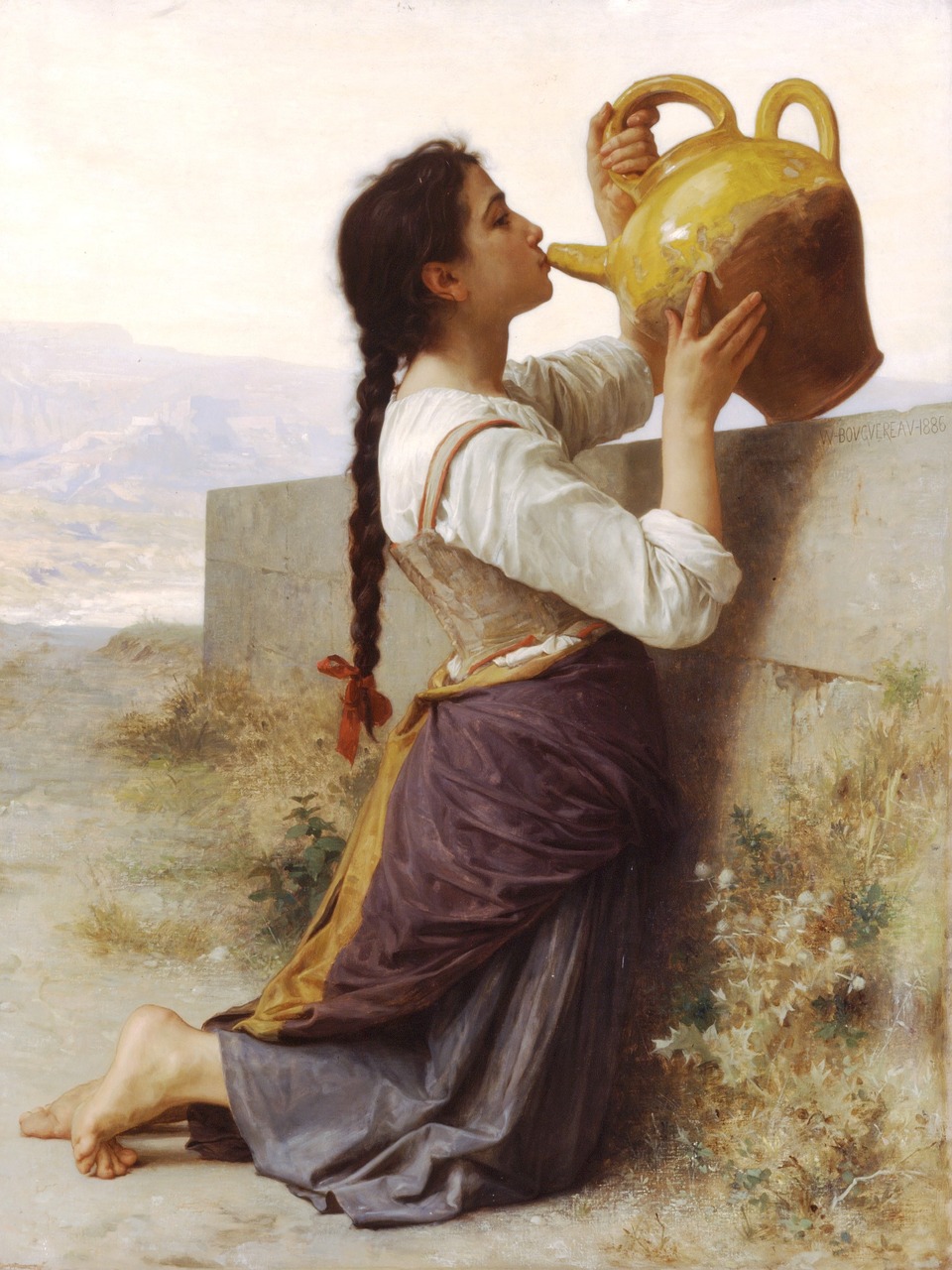
Oil painting has been around for a long time and has yet to go out of style. Today there are many artists that use this medium as their preferred mode of expression. If you have every thought of taking up an “arty” pursuit, there is a good chance that oil painting has crossed your mind. The Renaissance made it popular originally, but that popularity has never waned through the years. Below are several oil painting guidelines that everybody will find useful.
Tip #1: When painting with light colors such as blue or beige, you should utilize a poppy seed oil instead of linseed. Linseed oil always seems to dry with a yellow tint and this yellowing shows up distinctively in lighter colors.
Tip #2: If you messed up and require a way to “erase” a layer of oil paint, then try using rubbing alcohol. It is a strong solvent that will effectively power through and clean up the difficulty.
Tip #3: Oil paintings should never be dried in darkness. This forces the oil to rise to the surface of the painting and as a result, a yellow film might materialize on the work. Using natural sunlight works best.
Tip #4: Under layers must dry fast to prevent top layers from cracking. To speed up the drying course, you can try adding in some lead or manganese paint hues.
Tip #5: Never, ever use black in your under layers. It dries slower then any other color, no matter what you do to speed the drying time up.
Tip #6: To save some time and give your neck a break, you can try getting in to the habit of putting your colors on the color palette in the same place, each and every time. You can train your self to instinctively know where the correct color is without the need to look down all the time.
Tip #7: Linseed oil should be utilized in under layers as often as possible. Bottom layers must dry prior to the top ones and linseed oil drys the best in this situation.
Grasping the technique of oil painting may appear a smidgen hard initially. But once you get the basics of how oil painting works, you won’t have any trouble. The majority of pros suggest taking some classes, when you first get started. There is a wealth of expertise in these places that can truly make a difference. If you’re not sure where to find a class, then you can try searching at the art department at your local university.
Books About Oil Painting
The Encyclopedia of Oil Painting Techniques


Find out what you can do with oil paints. Make brushwork more expressive and add shadows. Try a full complement of creative techniques.
Breathtaking examples of finished paintings, analyzed in detail, guide you through a range of themes, including architecture, figures, and landscapes.
Read more …
Oil Painting Techniques and Materials (Dover Art Instruction)


“In any exhibition of amateur work . . . it is not at all unusual to find many charming water-color drawings, but . . . it is very rarely that the work in the oil medium is anything but dull, dead, and lacking in all vitality and charm.” — Harold Speed.
Such provocative assertions are characteristic of this stimulating and informative guide, written in a highly personal and unique style by a noted painter and teacher. Brimming with pertinent insights into the technical aspects and painting in oils, it is also designed to help students perfect powers of observation and expression. Harold Speed has distilled years of painting and pedagogical experience into an expert instructional program covering painting technique, painting from life, materials (paints, varnishes, oils and mediums, grounds, etc.), a painter’s training, and more.
Especially instructive is his extensive and perceptive discussion of form, tone, and color, and a fascinating series of detailed “Notes” analyzing the painting styles of Velasquez, Reynolds, Gainsborough, Franz Hals, and Rembrandt. Nearly 70 photographs and drawings illustrate the text, among them prehistoric cave paintings, diagrams of tonal values, stages of portrait painting, and reproductions of masterpieces by Giotto, Vermeer, Ingres, Rembrandt, Titian, Reynolds, Gainsborough, Hals, Giorgione, Poussin, Corot, Veronese, and other luminaries. In addition to these pictorial pleasures, the author further leavens the lessons with thought-provoking opinion.
Clear, cogent, and down-to-earth, this time-honored handbook will especially interest serious amateurs studying the technical aspects of oil painting, but its rich insight into the mind and methods of the artist will enlighten and intrigue any art lover.
Read more …
Oil Painting Art Supplies and Related Items For Sale
[phpbay]oil painting supplies, 13, “”, “”[/phpbay] [phpbay]original oil painting, 7, “”, “”[/phpbay]
| One Artist’s Tips on Oil Paiting |
News About Oil Painting |
|